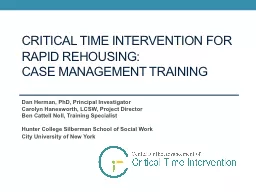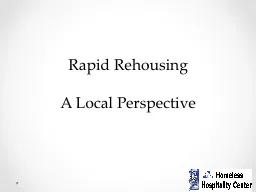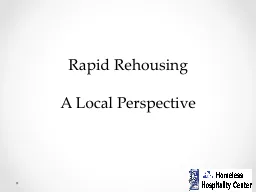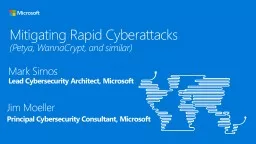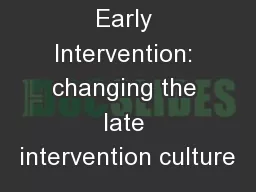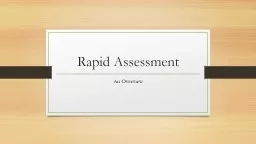PPT-Critical Time intervention for rapid rehousing:
Author : aaron | Published Date : 2017-07-10
Case management training Dan Herman PhD Principal Investigator Carolyn Hanesworth LCSW Project Director Ben Cattell Noll Training Specialist Hunter College Silberman
Presentation Embed Code
Download Presentation
Download Presentation The PPT/PDF document "Critical Time intervention for rapid reh..." is the property of its rightful owner. Permission is granted to download and print the materials on this website for personal, non-commercial use only, and to display it on your personal computer provided you do not modify the materials and that you retain all copyright notices contained in the materials. By downloading content from our website, you accept the terms of this agreement.
Critical Time intervention for rapid rehousing:: Transcript
Download Rules Of Document
"Critical Time intervention for rapid rehousing:"The content belongs to its owner. You may download and print it for personal use, without modification, and keep all copyright notices. By downloading, you agree to these terms.
Related Documents

